Intramural Fibroid: Symptoms, Causes & Natural Treatments
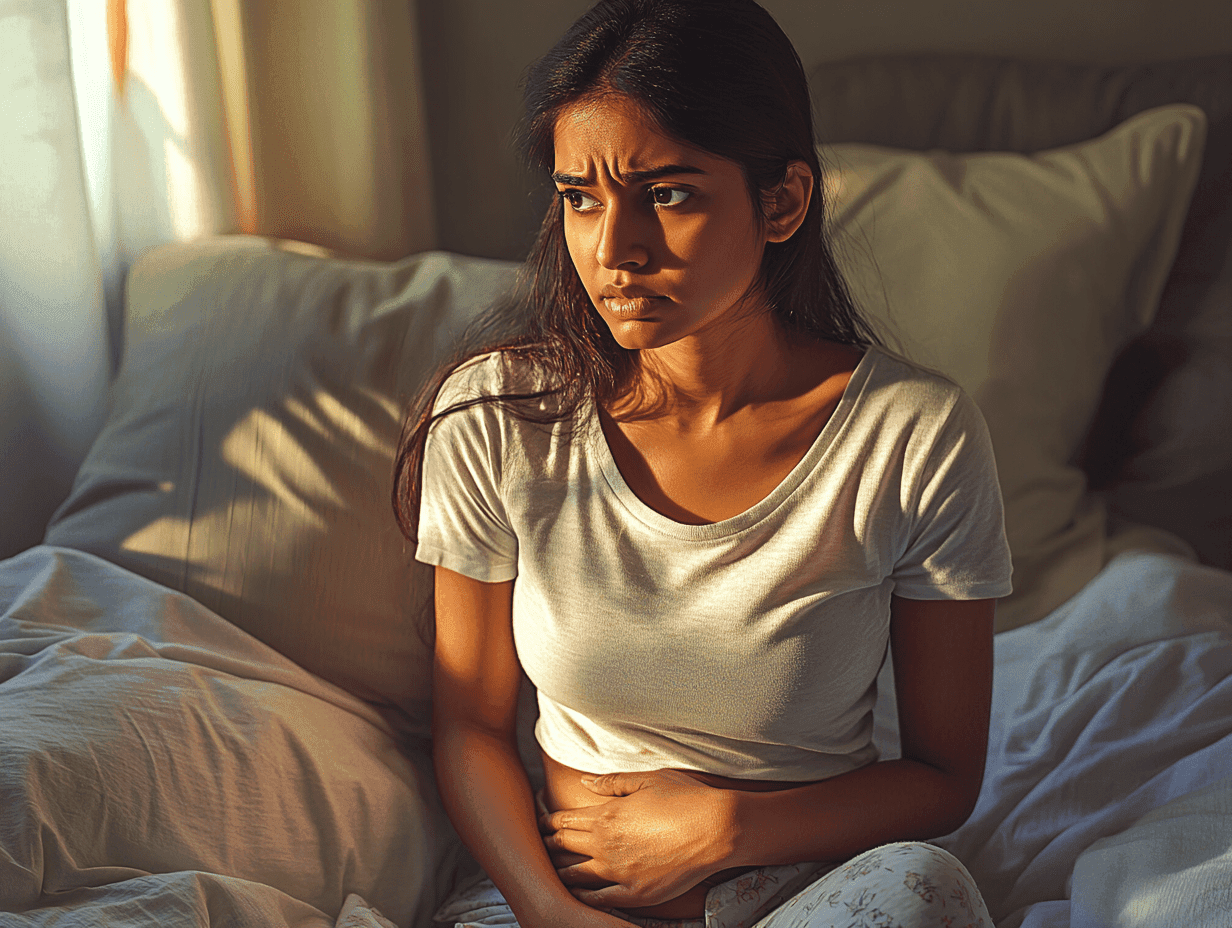
Did you know that nearly 70% of women develop fibroids by the age of 50 years? The most common intramural fibroids have the potential to impact reproductive health negatively. Mild growths called intramural fibroids arise in the uterine wall's muscles. They can grow from as small as a pea to as large as an orange over time. These fibroids lead to excessive bleeding, pelvic discomfort, and pregnancy issues.
Early identification of problems is crucial. If you don't notice symptoms such as crampy periods or pain with sex, issues can get away from you later on. You can treat your fibroids based on how big they are and what symptoms you are experiencing. If you want to learn about your symptoms or treatment, this blog is for you.
Struggling with unexplained period pain, heavy bleeding, or fibroids? Gynoveda's Ayurvedic doctors offer personalized clinic consultations to help identify the root cause and restore hormonal balance naturally.
What is an intramural fibroid?
An intramural fibroid is a harmless lump that grows inside the muscle of the uterus. Have you ever experienced recurring bloating, heavy menstruation, or inexplicable lower abdominal pressure? One culprit could be an intramural fibroid, silently developing in your uterus. If you're unsure what fibroids are, here's a simple explanation of fibroids' meaning in Hindi to help you understand better.
Basically, these are harmless growths of the connective tissue and smooth muscle. It occurs inside the myometrium, the uterine muscle covering. They can be too small and hard to find or large enough to change the shape of the uterus and cause pain. Intramural fibroids may differ in size from 1 mm to 200 mm or more. These fibroids stay inside the muscle wall and can affect fertility and menstruation.
They are typically found in women aged between 30 and 40 years, but may occur at any age when they are still fertile. Genetics, hormone issues, and family history may all create a danger. A report shows women with fibroids larger than 4.0 cm have difficulty conceiving.
Top Causes and Risk Factors of Intramural Uterine Fibroids
Why do some women experience painful periods or difficulty conceiving for no reason? That's because of Intramural fibroids. Here are some of the causes and risk factors that you should be aware of.
Hormones play a big role. Estrogen and progesterone thicken your uterus lining every month in your cycle. Thus, it can also make fibroids grow. These hormones increase in fertile women, so fibroids occur more frequently.
Genetics play a role, too: if your mother or sister has had fibroids, you're more likely to have them.
Diet and lifestyle may trigger your Intramural growth. Obesity, too much red meat eating, and an inadequate level of vitamin D all raise the risk of fibroids. An inactive lifestyle and premature menstruation may be risk factors as well.
Studies say that increased extracellular matrix (ECM) and growth factors can cause fibroid growth. Fibroids don't usually impact fertility, but can complicate pregnancy in a few instances.
Warning Signs and Symptoms of Intramural Fibroids in Women
Do your periods weigh a ton, cramp like crazy, or last forever? Do you pee constantly or feel like you're under constant pressure in your lower abdomen? You may have intramural fibroids—and not even realize it. Nearly 80% of women develop fibroids by 50, but many don't know it because they hardly produce symptoms. But when they enlarge, they can interfere with your life in various ways.
One of the most common signs of a problem is excessive bleeding during periods. If you are using pads every hour or suffer from clots, you should test your uterus.
Crampy periods that get worse over time or a sore lower back, like bad cramps, are also warnings to pay attention to.
Fibroids put pressure on your organs. You could be constantly bloated, need to urinate frequently, or be constipated. Some women report they hurt during sex, and that goes along with a sense of fullness in the belly.
Also, constant discomfort or random bleeding might make you anxious and stressed. It impacts your everyday comfort, confidence, and your sexual life. Fact: not all women experience symptoms; that's why you should be aware. You should pay attention to your body to identify early signs before they interfere.

How Are Intramural Fibroids Diagnosed? Tests and Procedures Explained
Doctors usually find intramural fibroids during a regular checkup. Women between the ages of 30 and 40 are the most diagnosed.
The first step is a pelvic exam. The doctor carefully looks at the uterus's structure and appearance.
If they find something unusual, the next step is a transvaginal ultrasound. This test uses sound waves to create pictures of the uterus. The test shows the size, number, and location of any fibroids.
If the ultrasound isn’t clear enough, you may need an MRI. This test takes a closer look at the uterus.
Sometimes, the doctors use hysterosonography. In this process, they add a little water inside the uterus to help the ultrasound show better images.
Other tests like X-rays, hysteroscopy, or biopsies may be used if needed. A clear diagnosis helps doctors plan the best treatment.
Effective Treatment Options for Intramural Uterine Fibroids
Generally, this situation can be overwhelming for you. Additionally, severe cramping, pelvic pressure, or extensive bleeding can cause problems with routine activities. By the age of 50, up to 70–80% of women carry intramural fibroids. Yet, you have many treatment options, so you do not need to be worried.
Non-Surgical Management
If you are not experiencing such symptoms, you can “wait and watch.” This is especially suitable for small fibroids that aren’t growing.
Routine pelvic checks and ultrasounds track any changes over time. If you experience mild pain, then you should take over-the-counter NSAIDs like ibuprofen.
In cases of heavy menstrual bleeding, hormonal therapy can be very helpful.
Gonadotropin-releasing hormone (GnRH) agonists, hormone-releasing IUDs, and birth control tablets can also control bleeding and shrink fibroid size. Doctors prescribe GnRH agonists short-term to shrink fibroids before surgery.
Also, you should take iron supplements if heavy bleeding leads to anemia.
Minimally Invasive Treatments
If you do not get enough relief with medications, then you need minimally invasive procedures.
Uterine Fibroid Embolisation (UFE) is effective in blocking the blood supply to fibroids. This treatment shrinks the fibroids over time. An interventional radiologist performs this method. Also, it requires very little time to recover.
MRI-guided Focused Ultrasound Surgery (FUS) is another invasive technique. This process needs high-intensity ultrasound waves to destroy fibroid tissue.
Both methods are uterus-sparing and ideal for avoiding traditional surgery and preserving fertility.
Surgical Solutions
When fibroids are large, painful, or resistant to other treatments, surgery is necessary.
Myomectomy is a common choice if you want to maintain fertility. It removes the fibroids while leaving the uterus intact. Depending on the size and location of the fibroids, hysteroscopy, laparoscopy, or laparotomy is used.
You need to rest for a few days for minimally invasive methods and several weeks for open surgery. A Hysterectomy can be your permanent solution by removing the uterus if you don't want to conceive or have massive symptoms. This process guarantees that the fibroids won't return.
Doctors choose the right treatment based on your symptoms, health, and fertility. The important thing is knowing that real relief is possible and that you don’t have to suffer in silence. Talk to your doctor about the best path forward for your unique needs.
Considering surgery or hormonal pills? Before deciding, explore a safe and natural route with Gynoveda’s doctor-led Ayurvedic care. Many women have reversed fibroid symptoms through consistent, customized treatment.
Can Intramural Fibroids Affect Fertility and Pregnancy?
If you want motherhood, intramural fibroids can feel like an invisible hurdle. These fibroids may impact both fertility and pregnancy by affecting the uterine structure. If you're trying to conceive and facing fibroid issues, checking your AMH levels can give insight into your fertility status and egg reserve.
Most women with fibroids can still become pregnant naturally. About 5-10% of infertile women have fibroids, and in 1–2.4%, this can be the only cause of infertility. Small intramural fibroids may look harmless, but they can affect the peristalsis of the uterus. It is a rhythmic contraction that helps with the transport of semen and the fetus. When these contractions become
Continuous, they reduce the possibility of implantation and successful pregnancy.
Intramural fibroids type 4a affect the junctional zone. They are linked to higher miscarriages, preterm labor, and many C-section deliveries. In this case, myomectomy suggests its effectiveness in enhancing fertility effects. Non-invasive HIFU (High-Intensity Focused Ultrasound) or GnRH agonists are displaying promising outcomes.
At least 56.5% of women affected with uterine fibroids become pregnant within a year of treatment. Certain treatments help many women to have children and stay healthy during pregnancy.
Natural Remedies and Lifestyle Changes to Manage Intramural Fibroids
You are not alone—millions of women silently battle fibroids. Intramural fibroids can be painful and frustrating, and impact your daily life. While they aren’t always dangerous, the symptoms can be hard to live with. The good news? Regular yoga, balanced nutrition, and herbal remedies help address fibroids and also read how to cure hormonal imbalance in females naturally, for natural remedies and lifestyle changes can help you reduce fibroid size.
Food and lifestyle changes are often the first plan of action when it comes to managing fibroids. Eating clean, staying active, and managing stress can bring real relief.
A 2018 review suggests that you can reduce them if you work out, avoid alcohol, and manage stress. Vitamin D deficiency, lighter skin, or living in colder climates might increase fibroids. Correcting this deficiency could help lower that risk.
Improving your diet is a must to prevent fibroids. Consume leafy greens, turmeric, green tea, and citrus fruits. Also, fiber-rich foods like lentils and whole grains are helpful. However, sugary drinks, processed meats, and caffeine may worsen symptoms.
Vitamin D is crucial. It may help prevent fibroids from growing. Get it through oily fish, dairy, eggs, or safe sun exposure. If needed, talk to your doctor about supplements.
Maintaining a healthy weight is also essential in this case. Fat cells produce more estrogen, which can feed fibroid growth. Losing weight can help regulate this hormonal balance. A clinical study found that obesity increased the risk of fibroids. Shedding just 5-10% of your body weight could make a difference.
Ayurvedic remedies like Ashokarishta and Kumaryasava can treat heavy periods and pelvic pain. They also help regulate hormonal imbalances and reduce uterine inflammation. Yet, herbs are powerful and can interact with medications. Always consult a doctor before starting any supplement.
Yoga and regular physical activity relieve stress and fix hormone imbalances. Try relaxation techniques like warm baths or massage therapy. Balancing your mental and emotional well-being is just as important as physical care.
A Dutch study also linked high blood pressure with fibroids. So, limiting salt, processed foods, and red meat can help manage symptoms. Try switching to lean proteins like chicken, lentils, or beans.
Natural remedies do not cut fibroids, but they can manage symptoms and the risk of complications. Always work with your doctor to find the right approach for your body.
Small, consistent changes can lead to big improvements. Your health, your peace, your life—it matters.

When to See a Doctor for Intramural Fibroids: Don’t Ignore These Symptoms
If your period leaves you exhausted, in pain, or fearful each month, it’s time to listen to your body. Intramural fibroids may start silently. But you shouldn't ignore heavy bleeding, pelvic pain, or difficulty getting pregnant. Reports say that lower back pain, frequent urination, or pain during sex are serious red flags. Left untreated, these symptoms can lead to anaemia or even fertility issues. Early diagnosis can prevent complications. Don’t wait—your health deserves immediate attention.
Every woman’s journey is unique. If you’re facing fibroids, PCOS, or hormonal imbalance, don’t wait. Let Ayurveda guide your healing with Gynoveda.

Conclusion
Intramural fibroids are very common in women. Also, their symptoms—like heavy bleeding, pain, or bloating—should never be ignored. These signs are your body’s way of asking for help. Thankfully, there are effective treatments available to relieve discomfort and improve your life. Taking action early can prevent future complications and give you peace of mind. You deserve to feel healthy and in control. Listen to your body—your health is worth it. Talk to your doctor today.
You May Like

Bulky Uterus: Meaning, Symptoms & Treatment
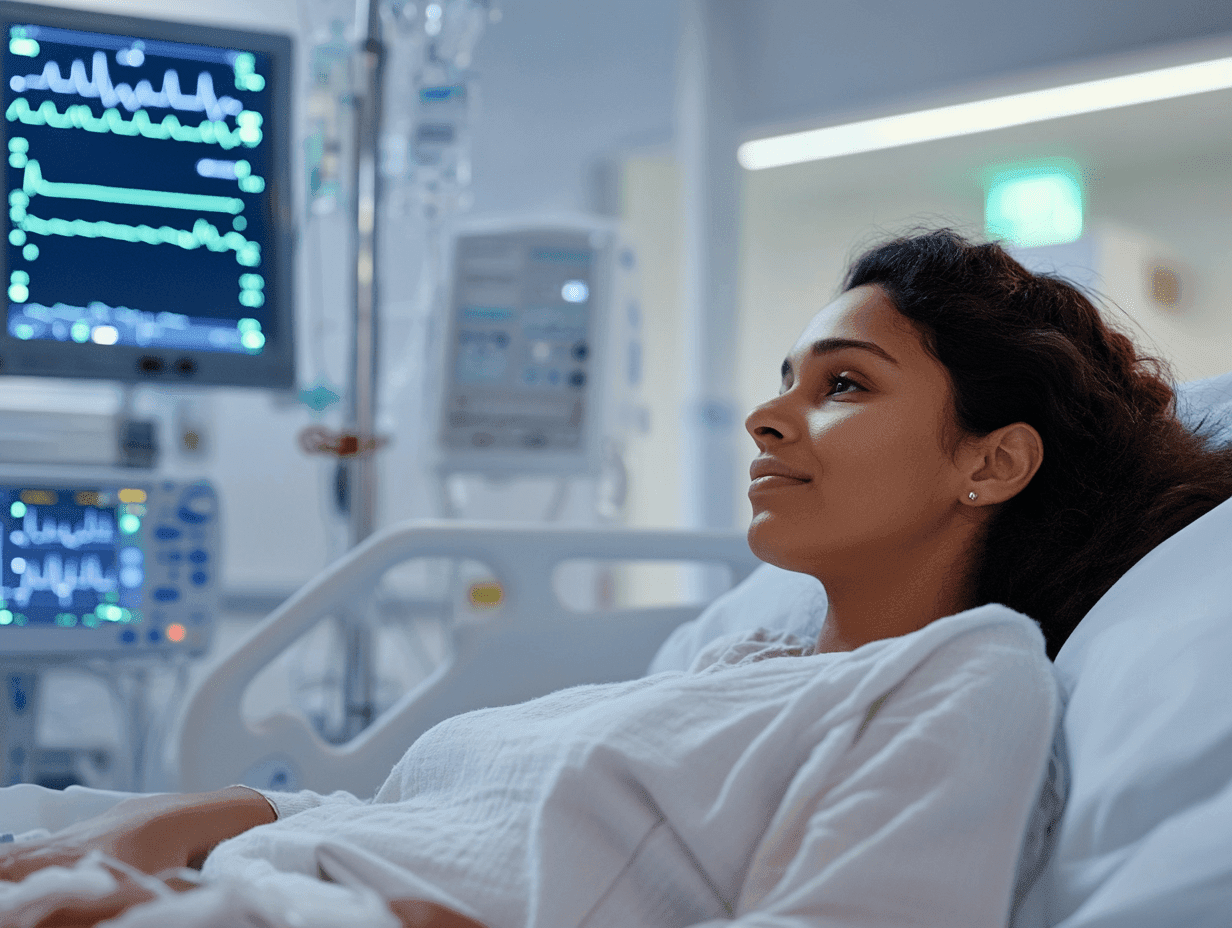
Hysterolaparoscopy: Procedure, Benefits, Recovery And Risk
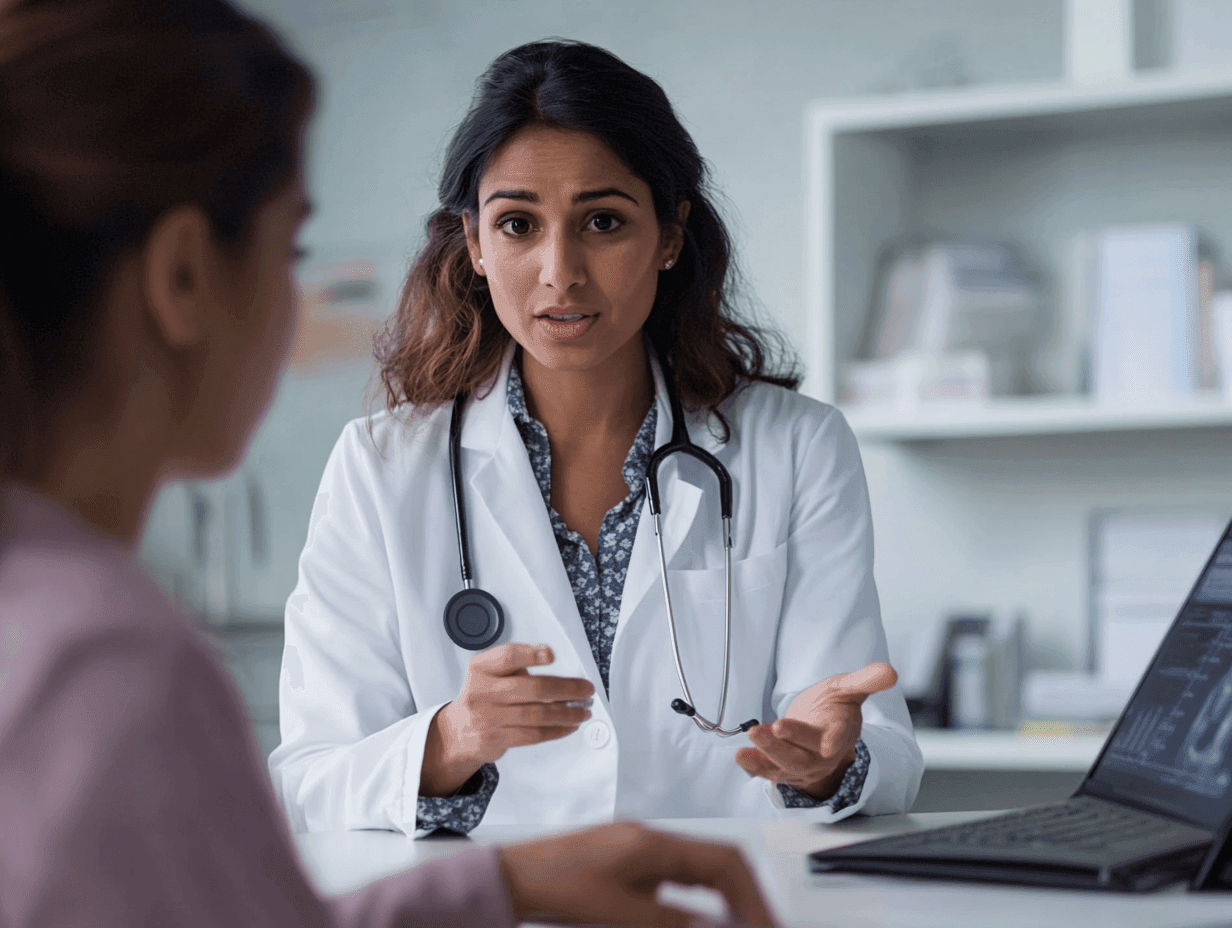
Thin Endometrium: Symptoms, Causes, & Treatment
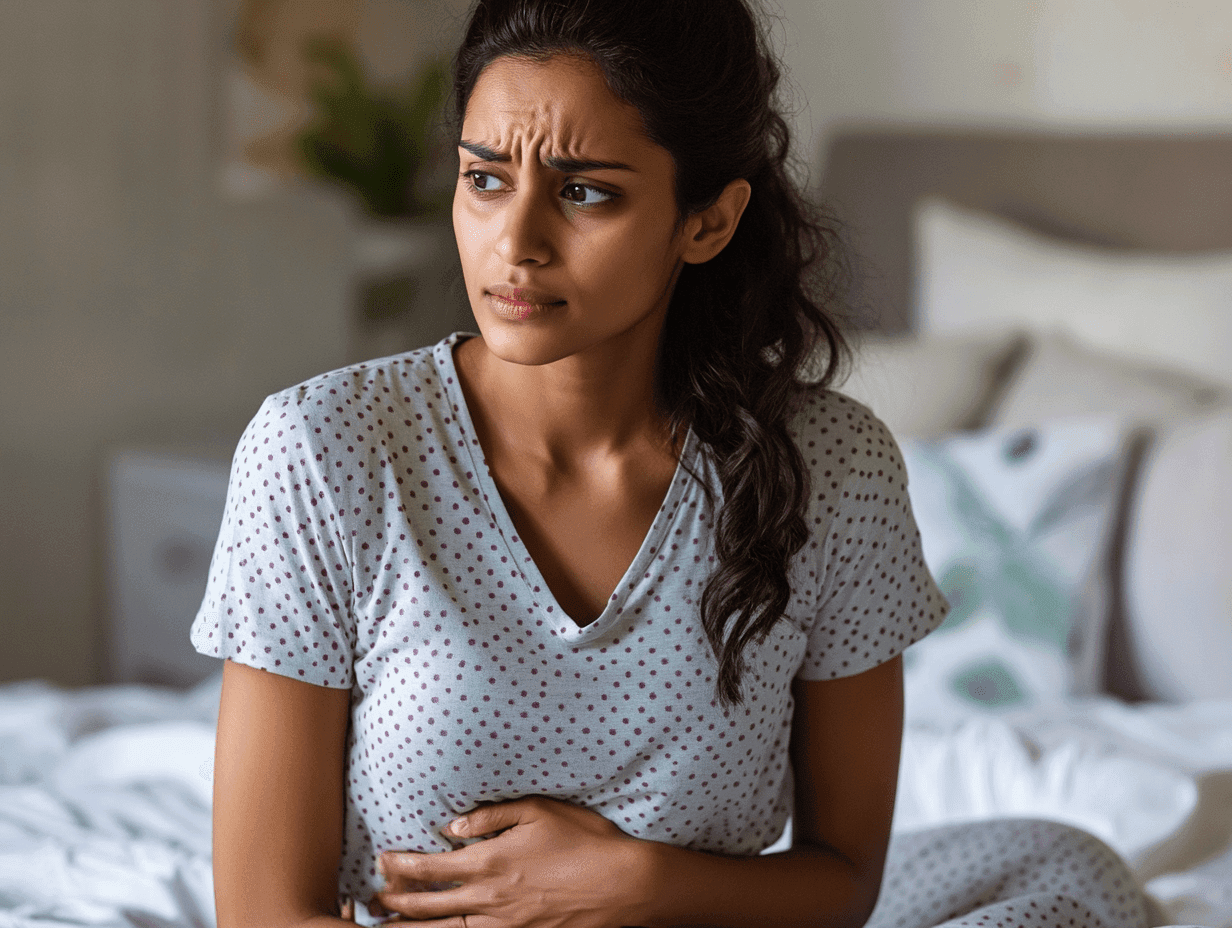
Endometrial Thickness: Stages, Effects And Treatments
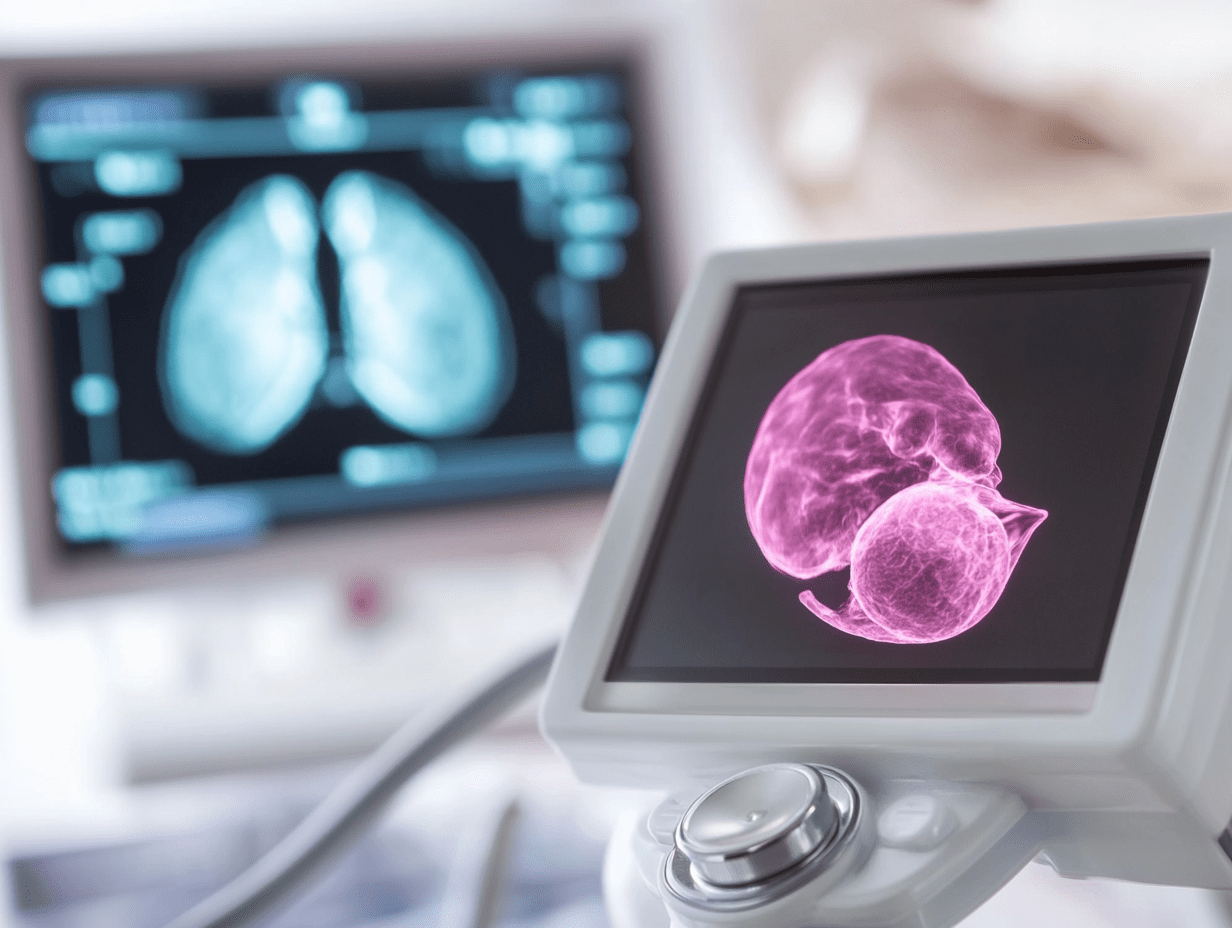
Lean PCOS: Symptoms, Causes & Treatment
Frequent Asked Questions
Yes, intramural fibroids can cause bloating, a feeling of fullness. Also, you can sometimes feel slight weight gain due to their size.
After 40, hormone levels start to change with age. Thus, fibroids may cause heavier, longer periods and more cramps.
Often, fibroids shrink naturally after menopause due to lower hormone levels. However, the symptoms may still need attention.
Yoga cannot shrink fibroids, but it may help relieve pain, reduce stress, and support better hormonal balance over time.
In India, fibroid surgery usually costs between ₹40,000 to ₹1,50,000, depending on the city, hospital, and procedure type.
Yes, Ayurveda suggests herbs like Ashokarishta and Kanchanar Guggulu. Yet, you should always consult a doctor before starting any treatment for fibroids.
Yes, doctors detect most intramural fibroids through a regular pelvic or abdominal ultrasound. It can also be detected during routine health checkups or through symptoms.
Some women can easily conceive with fibroids. However, large or multiple fibroids can cause complications during pregnancy or affect fertility.
Intramural fibroids can reduce IVF success rates by affecting embryo implantation or the shape of the uterus.
Yes, you can get options like myomectomy or hysterectomy. The doctors will select the treatment depending on your age and symptoms.

Success Stories with Gynoveda across India
Talk to Gynoveda Today


